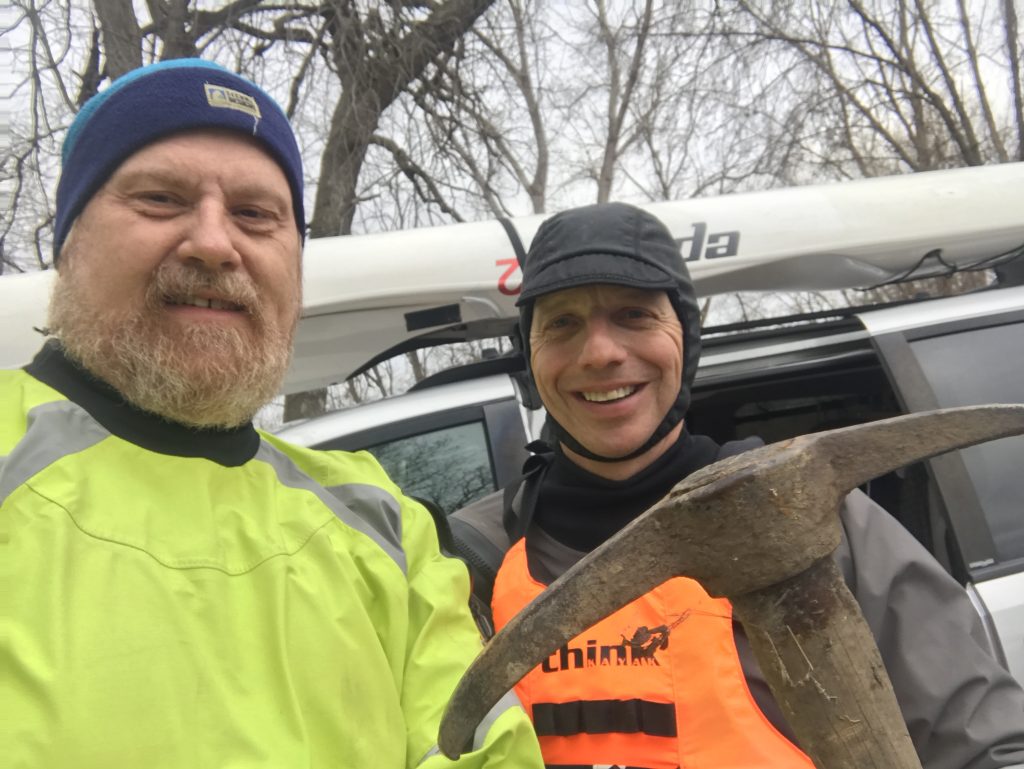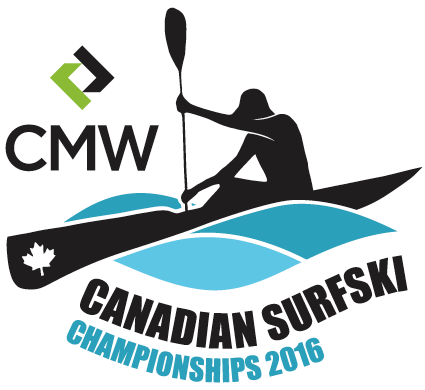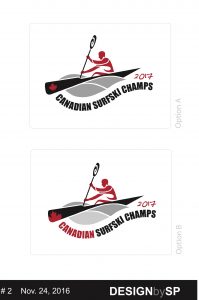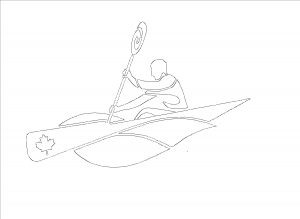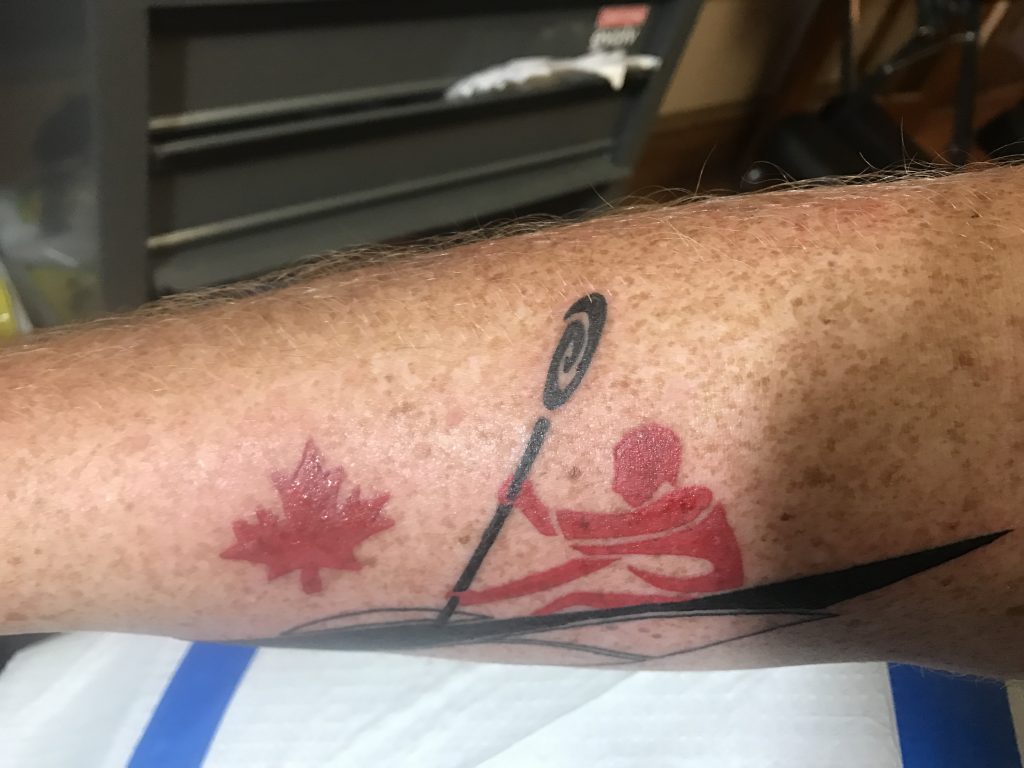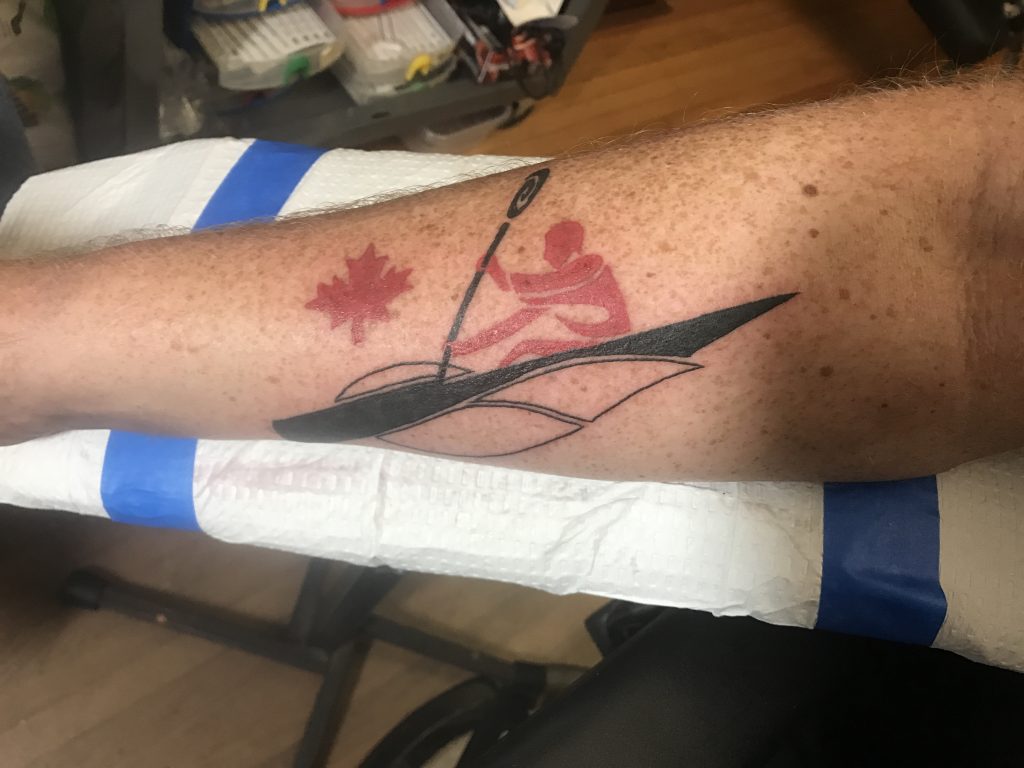So I decided to stop cheaping out on video cameras and buy a top of the line Sony 4K action cam with real image stabilization. In the 24 hours or so I’ve had it, I’ve tried a couple of tests.
First, I put it in the waterproof case (aka “dive housing” because it’s supposedly good to 60 meters). Unlike the new GoPros, the Sony has no water resistance without the case. I had it set up for 4K/30fps, with all the bells and whistles (wifi, Bluetooth, GPS) turned on. It overheated and died after only 30 minutes (a suspiciously round number?). I took it out the case and let it cool a bit, and it continued another 16 minutes. Ok, that’s not great.
Then I put it into airplane mode and tried again, and this time it lasted 40 minutes (another suspiciously round number). I forgot to see if it had some battery left after it cooled down.
Then, leaving it in airplane mode, 4k/30fps, etc, I took it for a walk around the block.
I’m really pretty pleased about the image stabilization here. I looked left to right a bit too much and it didn’t deal well with that, but as I walked along the flat I could feel the camera bouncing a tiny bit in the head strap, and none of that shows in the video. I think it’s going to look pretty good mounted on my boat.
It was 23° F at the time, and I guess we walked for about 20 minutes. I kept the camera running as we came back inside and it continued to run until it had run for exactly 1 hour. (Another suspiciously round number!) After it cooled down, it ran for another 8 minutes before the battery ran out. So I think that proves that it has a definite overheating problem in the waterproof case at room temperature, which does not bode well for kayak races in warm weather.
Yes, unlike canoe racers who prefer it when they have to chisel the ice off their boats, we surf ski paddlers often race in the warm summer sun. That’s why I became a surf ski paddler.
I’ve done another test which is more hopeful. I tried switching it to 1080p/60fps. That’s a very good resolution for recording kayak races because let’s face it, not very many of us have 4k monitors and the extra frame rate makes everything look smoother. This time, in the waterproof case and in Airplane Mode, I got 90 minutes almost exactly. That’s long enough to capture the important part of most races. I’d prefer two hours or more, but I’ve got what I’ve got.
Next, I’ve got to try it at 1080p/60fps with all the bells and whistles turned on. The camera came with a remote control – I could strap the remote to my leg and turn the camera on at the start, turn it off when there’s nobody around, and turn it back on for interesting parts like the finish sprint. That will make synchronizing with my Garmin a bit of a nightmare, but I’ll do what I have to do. Maybe I’ll hit the lap button on my Garmin at the same time or keep a camera that has a longer battery life running at the same time. I don’t know.

